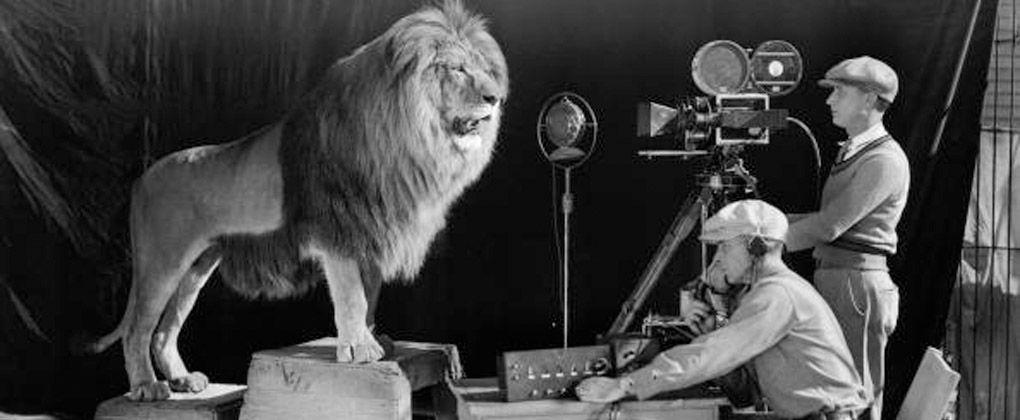Dubai to Abu Dhabi in just 15 minutes. Are you shocked? Oh, and we forgot to mention it was by train, so how about now? Before you start picturing images of a Dubai Metro train with a huge rocket strapped to the back (a discussion for another time), perhaps we should explain the technology that might make this possible: Hyperloop.
There has been a lot of talk regarding this concept in the UAE lately. Representatives from two separate US companies – Hyperloop Technologies (HT) and Hyperloop Transportation Technologies (HTT) — have each tried to pitch a high-speed transport network here. The director-general of the UAE’s Federal Transport Authority, H.E. Dr. Eng. Abdullah Salem Al Kathiri, even told Arabian Business that the government welcomed the idea “in principle”.
Other countries have already signed up. According to reports, Slovakia, Hungary and Austria are planning to create Hyperloop routes between Bratislava, Budapest and Vienna, opening as early as 2020. The proposed link would reduce four-hour journey times to 25 minutes.
And why not? This is essentially a high-speed floating train inside a tube — like a bullet in the barrel of a gun. Passengers climb into their carriage or ‘pod’, with no wheels or tracks to offer resistance, and are accelerated to 1,220kph — slightly less than the speed of sound. The pipes themselves can be made from steel or concrete, and located above or below ground. Everything is powered by solar panels, with the system pumping the tubes constantly to remove air, meaning even less resistance. Electric motors then create a strong magnetic field, lifting the pods and allowing them to coast along.
That makes Hyperloop a faster mode of transport than any other train on the planet, and even some planes. For example, a Boeing 737 travels at 938kph, while last year, Japan’s Maglev train (which uses magnets to hover above the track — similar in some ways to Hyperloop), set a new speed record of 600kph (373mph). Both may be favoured forms of transport now, but neither is as fast as what it’s claimed Hyperloop will be.
Adding credibility to the technology is the fact that it was envisaged by US billionaire entrepreneur Elon Musk — the man behind PayPal and Tesla Motors, among other companies. He wrote a 58-page white paper outlining Hyperloop in August 2013, after he felt the proposed California high-speed rail system — capable of 254kph and travelling from San Francisco to Los Angeles in two-and-a-half hours — was inadequate. He suggested an alternative, but then admitted he was too busy to pursue it himself, so invited others to participate.
This is the reason for multiple companies putting Hyperloop into development. HTT was set up using a crowdfunding and crowdsourcing model, while HT is led by a number of former Silicon Valley and Washington figures. Both plan build their own test tracks in the US, on which they hope to put the theory into practice.
It is these tests that will answer some of the many questions surrounding the project. Can the Hyperloop system really be built at a fraction of the cost of a regular railway? If solar panels are used, will they generate enough power? What effect will it have on the passengers when rapidly taking off or slowing down? And can you still get up and use the bathroom? Or enjoy a coffee? Above all, will it be safe?
Another consideration is the lack of natural light. On a regular train, you can look out of the window, but inside a tunnel and moving so quickly, that will be impossible. HTT is already working on a solution, according to CNET.com, with augmented windows, controllable via a smartphone, which render a landscape image and display journWilley info.
Smaller networks between cities would come first, but if a success it might be possible to jump on the Hyperloop and head from Dubai to London, or maybe farther afield, in just a few hours — it would certainly compete with air travel. A quick commute from Dubai to Abu Dhabi would be handy, although falling asleep and missing your stop might make things interesting. Who knows where you’d end up?



